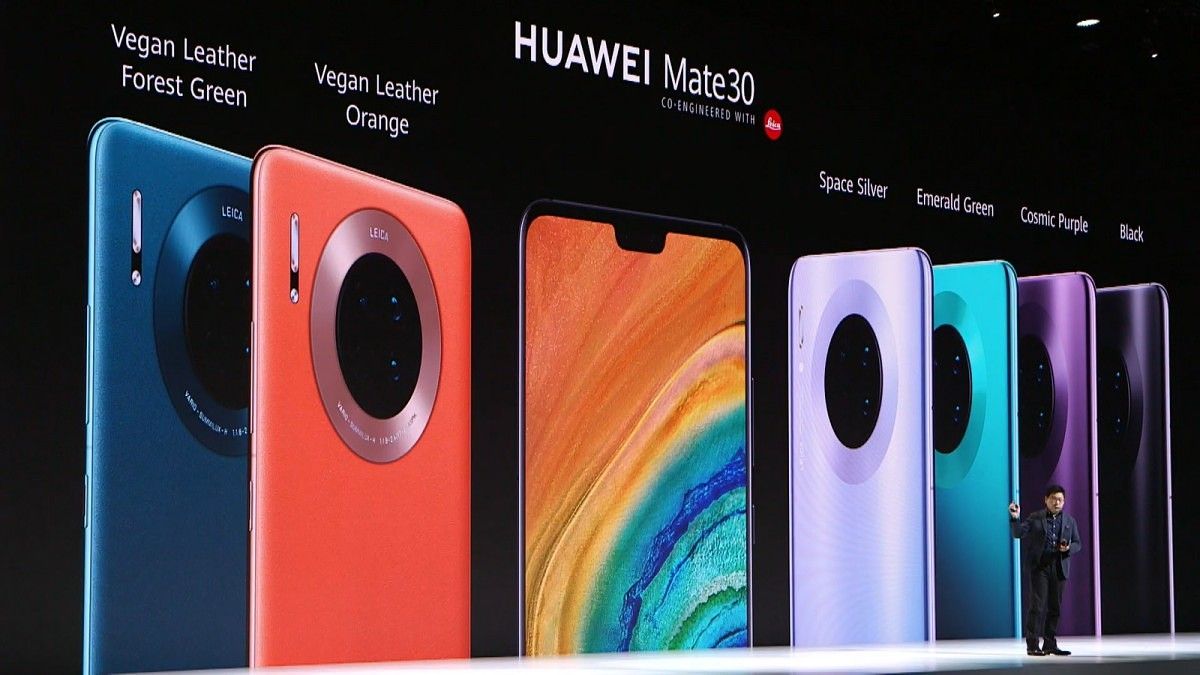Huawei's recent trade ban saga was an unfortunate incident, as it restricted US companies from conducting business with the Chinese company. The most prominent collateral damage in this trade war, to a smartphone enthusiast, was the fact that Huawei's newer smartphones like the Mate 30 series will be left without the comforting shade of Google Mobile Services. However, the effects of the trade ban extend beyond software, as smartphones from Huawei did come with several components sourced from US companies. But a report from Wall Street Journal suggests that newer batches of Huawei devices like the Huawei Mate 30 and the Huawei Y9 Prime 2019 do not come with any US-based components.
Huawei, much like other smartphone OEMs, depends upon cordial relations among nations to build the advanced pieces of technology that we often take for granted. Smartphones are a result of hardware and software cooperation among multiple entities with varied origins, so harmonious trade relations between powerful nations was considered a pre-requisite for building a globally competitive product. The US trade ban threw a wrench in Huawei's plan, as companies like Qualcomm, Intel and others were forced to cut ties with the Chinese company. Later on, some companies assessed that they were not to be affected by the trade ban, while others were granted licenses to resume business. In the meantime, Huawei sought alternatives for the crucial components that it previously sourced from US companies. And as it turns out, the company was able to reduce its dependence on US companies for hardware.
According to the Wall Street Journal's report citing UBS and Fomalhaut Techno Solutions' analysis, newer batches of devices like the Huawei Mate 30 and the Huawei Y9 Prime 2019 do not contain any parts sourced from US companies. For instance, audio amplifiers that used to be sourced from Cirrus Logic, a US company, are now being sourced from NXP, a company based in the Netherlands. Similarly, power management chips that came from ON Semiconductor (US), now see alternates from MediaTek (Taiwan); while antenna switches that were sourced from Qorvo (US), and Skyworks (US), now see alternate options originating from Murata (Japan), and Huawei's own HiSilicon (China).
This switching over has allowed Huawei to reduce its reliance on US-based suppliers, and in some instances, entirely eliminate US-based options and use other competing suppliers.
The report quotes a statement from a Huawei spokesman:
It is the company's clear preference to continue to integrate and buy components from U.S. supply partners. If that proves impossible because of the decisions of the U.S. government, we will have no choice but to find alternative supply from non-U.S. sources
The report further mentions that Huawei had anticipated a blacklisting after years of pressure from the US, and so, the company had begun stockpiling spare parts last year which would allow them some extra time in case of a blacklisting situation. The company also began identifying alternatives and working on its own replacement parts.
On the other hand, chip makers like Qorvo, Skyworks, and Broadcom have warned of a hit to their earnings because of the trade ban. So while Huawei appears to be maintaining its momentum because of globalization, others in the US might be feeling the pinch tighter.
Source: Wall Street Journal
Via: The Verge

